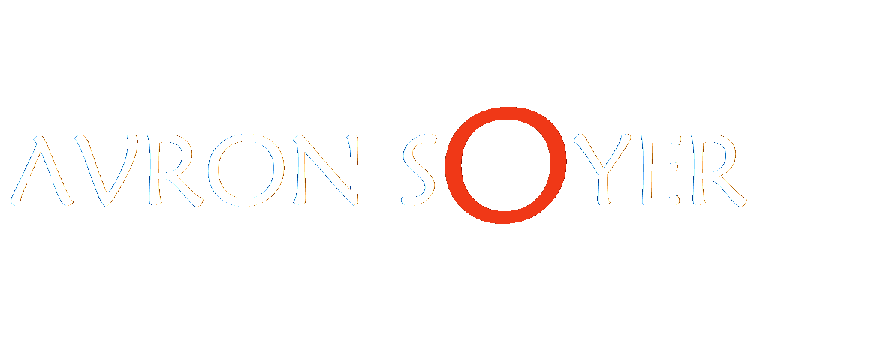Visual Meaning and Prisms of Language
1.
Painting directly explores visual meaning.
We live directly in our senses. Yet we do not exist in isolation, cut off, in a vacuum. No one creates the world anew out of nothing. All personal experience is a variation on human universal themes.
Each person’s experienced world is inexhaustible. – Nuances of light and shadow are infinite, and are along one of infinitely many lines of variation…. Images stand out sharply or merge into their backgrounds…. Love and anxiety mute or sharpen colors. – Inwardness is haunted.
The brain but not the mind is locked within the skull.
2.
The inwardness of animals is nonlinguistic. In human inwardness linguistic and prelinguistic awareness interpenetrate.
Human sight, touch and sound is each an interplay of meanings with an infinite potentiality for communication. We call such constellations “sensory languages” and languages composed of conventional symbols (e.g., English, Russian and French) “pure languages.”
Our senses are drawn to the abstractions of pure language (e.g., “good,” “wisdom,” “beautiful”) as the ocean to the moon. Pure language is wounded when deprived of sensory richness (abandoned by the ocean and the moon).
3.
Gesture is crucial to visual meaning, thus to painting and acting.
One is not necessarily limited to one’s native “language of gesture” .… My Russian Jewish background encourages direct expression. My wife was born at an intersection of traditions emphasizing reserve, self-containment, and silence: part Native American (on her father’s side), part northern European protestant. – At first I experienced her stillness as a wall. Now I am tuned to its variations. I hear it as passionate and articulate, “a speaking silence.”[1]
Gesture is rooted in yet transcends the interpersonal: wind blown trees “dance”.… waves advance on and embrace the shore.
4.
“Style” is a meaningful way of experiencing and creating in and through one or more pure and/or sensory “languages”.
Because I don’t understand French, Rimbaud in the original is almost silent. Yet my experience of Ingres, Delacroix, Monet and Van Gogh is undiminished.
Figurative, Nonfigurative
1
In art, unlike psychology, “figure” is a not a name for “that which can be perceptually distinguished against a “ground”. We designate that category “shape”.
“Figure” is not a term for everything external that guides us when we paint. We designate that category “model” …It is crucial to recognize “nonfigurative” models.
In art, unlike everyday speech, “figure” is not limited to “people”. Everything perceptually given that we can together dependably recognize and name (a rose, a cypress tree, the Brooklyn Bridge, a naked body) is a figure.
“Figuration” is a stylistic art language. Figurative artists include “and take responsibility for” figures in their work.
2
2.1
The three main species of figuration are “idealizing,” “particularistic” and “expressionist.”
In “idealizing figuration” figures and their relationships are modified by ideal forms. Idealizing “western” art is normally “modeled” on the Greek (i.e., it is “neoclassical”). There are other formal conventions (e.g., the severe hierarchical frontal orders of Egypt, the rhythmic interflow of India).
Particularistic figures are “for their own sake.” A woman poses. If there are stretch marks on her body, if she is pale and tired this is all included.
The poor, rejected and oppressed are accepted subjects.
In expressionism the figure is modified (a.k.a., “distorted”) in the grip of powerful moods and passions.
There are exalted joyous passions. Yet anxiety, tension and pain dominate expressionism.
2.2
Nonfigurative art begins when all obligation to recognizable figures is abandoned…They may be suggested, yet the artist is not responsible for following up resemblances: there need not be identifiable human arms or legs, or flowers.
Nonfigurative art is usually designated “abstract” and “nonobjective.”
All art abstracts…. Figuration includes extreme abstraction (e.g., the last landscapes of Cézanne and the work of Georgia O Keefe).
All art is in dialogue with the world and thus “objective.”
“Nonfigurative art” free of all representational responsibility, throws itself on the mercy and potentialities of line, color, texture and form. We will designate nonfigurative art “directly medial”. There have been fine directly medial artists (e.g., Poussedart, Stamos).
3
Actual art styles are rarely pure. All art is expressive and medial. All visual art suggests figures…. Every shape is resonant of and haunted by the world.
Idealization risks “anemia”. Yet often, as in classical Greece and the Renaissance (e.g., Michelangelo), ideal work is profoundly expressive and shows unsurpassed understanding of particulars. – Modern “Western” directly medial art developed from the innovative figuration of Cézanne, Gauguin and Van Gogh.
4
In the second half of the twentieth century painting split into mutually exclusive figurative and nonfigurative camps.
I was brought up on one side. My father Isaac and uncles Moses and Raphael were figurative painters.… Moses and Raphael did not recognize the possibility of nonfigurative art. (They found the juxtaposition of these words a contradiction.)
I remember the first time I made a directly medial painting. My father was napping in the bedroom. I felt like an orthodox Jew eating ham while his devout father slept.
The patriarch awoke, walked silently on slippered feet. He stood behind me unnoticed as I worked. Suddenly aware of him I turned. Fear and shame were on my face. He said, “It’s alright. Don’t be upset. Don’t worry…It’s interesting. I wouldn’t paint this way, but it might be right for you…Each artist must find his own way.”
Renewed dialogue between figurative and directly medial traditions is a crucial project now.
[1] This paragraph was written in 2006. My wife Julie passed away in 2009.
*
The above is an Excerpt from Living Art- III. Art Words- Visual Prisms of Language by Avron Soyer, Click here to read next section- Living Art- III. Art Words- Structural Distinctions
